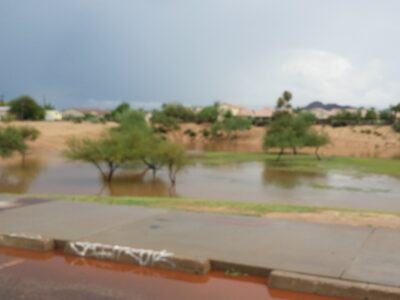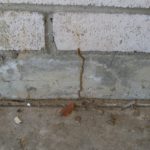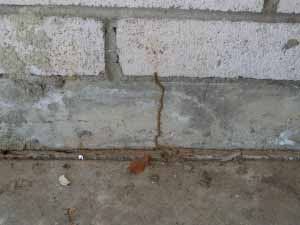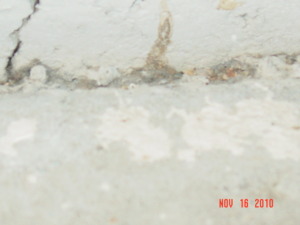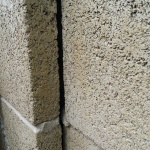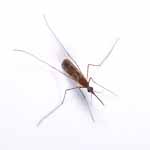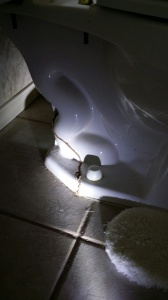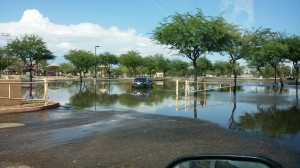Monsoon rain & dust will start soon and we all know what that will bring? Termites and more bugs including more mosquitoes and flies. It’s time to store your outdoor equipment before the winds grab it. Check your windows for gaps and repair, keeps the Monsoon rain & dust out. What should you do, now to avoid the mess. Remember the Boy Scout motto “Be Prepared”.
- Check your yard for containers that may hold water.
- Fill in potholes that may hold water.
- Double check drip irrigation and flood irrigation for issues.
- Clean gutters.
- Repair screens, make sure they are in place.
- Check door sweeps and gaskets.
- Remember stagnant water is the enemy, flowing water good.
- Best time to treat for mosquitoes is when they are in the water.


